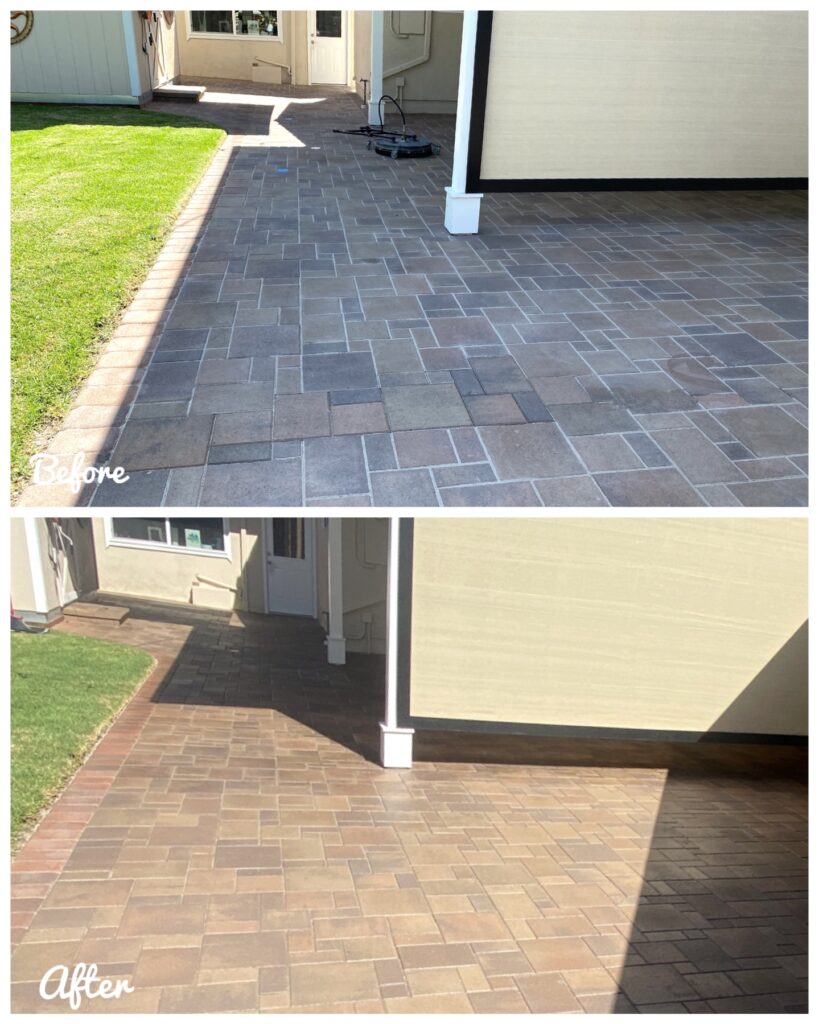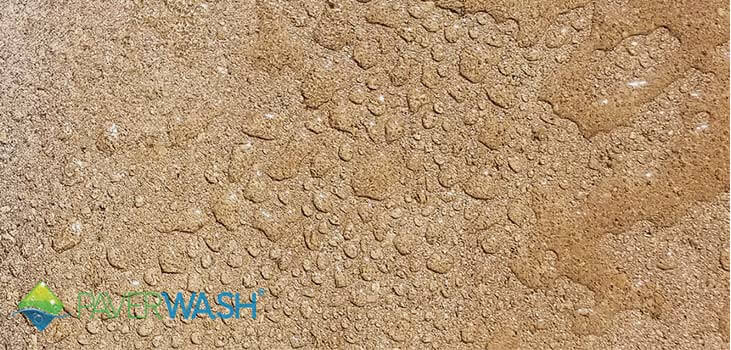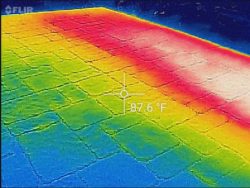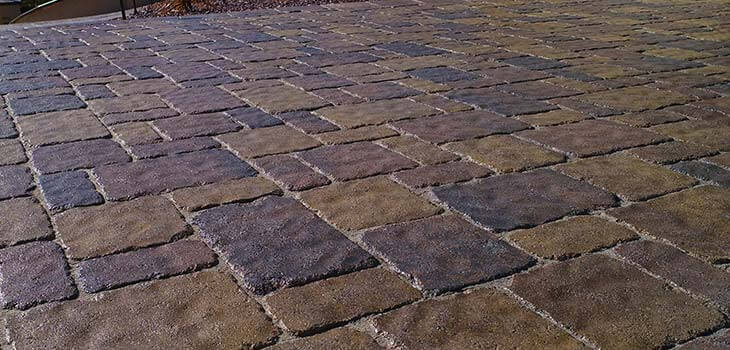Achieve a Flawless Paver Surface: Tackling the Issue of Excess Polymeric Sand
At Paver Wash, we understand the frustrations homeowners face when dealing with too much polymeric sand in their paver joints. This common occurrence can lead to hazing on the pavers, compromising the overall look and aesthetics of your hardscape. As the final step before sealing, it’s essential to pay attention to detail and ensure a clean, professional finish. In this blog post, we will provide you with a step-by-step process to address this issue and guide you towards a solution that will transform your paver surface. Our goal is to make the process simple, easily understandable, and empower you to take action. Let’s dive in!
Step 1: Assess the Situation: If you notice an excess of polymeric sand in the joints of your pavers, it’s crucial to address it promptly. This issue can arise in both new installations and existing ones, and it can have a significant impact on the overall appearance of your hardscape. By recognizing the problem, you’ve already taken the first step toward achieving a flawless surface.
Step 2: Choose the Right Approach: For our restorations, we prefer using regular joint sand in most cases. This allows us to achieve the best results. We follow it up with a joint stabilizing sealer, which acts as a glue, binding the sand together and creating a strong, stable surface. This process and combination of products have proven effective in countless restorations.
Step 3: Addressing Existing Installations: If you’re dealing with an existing installation with excessive polymeric sand, there are solutions available. Our expert team can utilize our hot water paver washing method, where we wash the pavers at temperatures exceeding 200°F. This high-temperature process effectively removes haze and restores the beauty of your pavers. Contact us today to schedule your paver restoration and witness the transformative power of our cleaning method.
Step 4: Prevention is Key: Choosing the Right Approach for Lasting ResultsTo prevent the recurrence of excess polymeric sand in the future, it’s crucial to prioritize proper installation. It’s essential to note that polymeric sand may not always be the ideal solution for every project. Determining the right approach for your specific paver project is vital. At Paver Wash, we understand this dilemma, and our knowledgeable team is here to guide you through the available options. We’ll provide expert advice and help you make an informed decision about the best approach for your pavers. Your satisfaction and long-term success are our top priorities. Let us be your trusted partner in creating a durable and visually stunning paver surface.
Step 5: Take Action Today: Don’t let excessive polymeric sand hinder the beauty of your paver surface any longer. Contact us to schedule your paver restoration and witness the remarkable results our expert team can deliver. To get an instant estimate, visit our website and use our convenient cost calculator. We aim to make the process as easy and accessible as possible for homeowners like you.
By addressing the issue of excess polymeric sand, you’re taking a proactive step toward achieving a flawless and visually appealing paver surface. Our team at Paver Wash is dedicated to providing you with top-notch restoration services, using proven methods and products to ensure your satisfaction. Take action today and experience the transformative power of our paver restoration services.






FOLLOW US